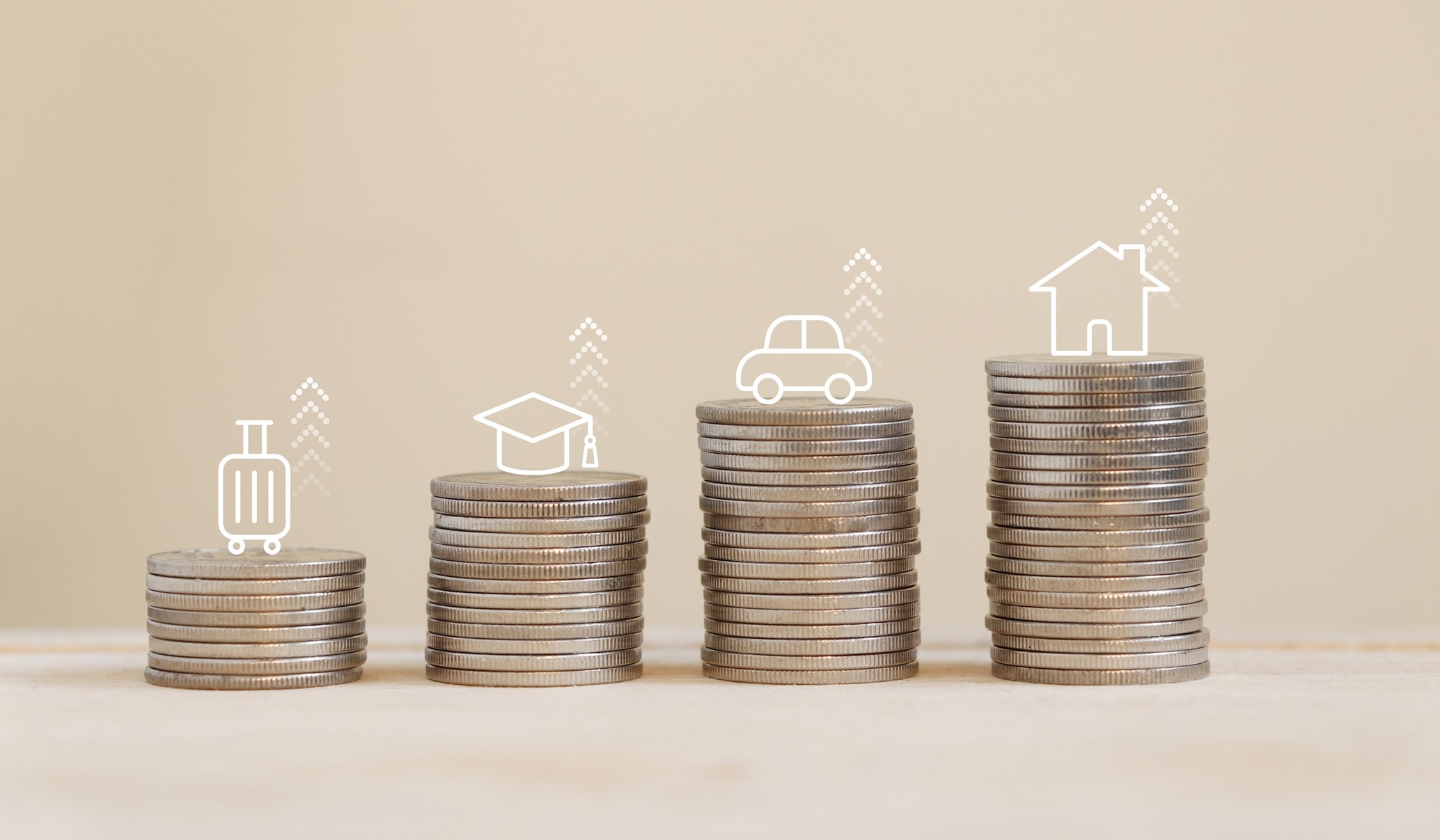What is the Personal Savings Allowance (PSA)?
The Personal Savings Allowance (PSA) is an allowance that allows you to receive a certain amount of savings income, including interest, without having to pay tax on it.
A continual rise in interest rates implicates savers, which means they have to take action, once their savings income exceeds their allowance.
How does PSA differ by taxpayers?
Depending on which tax band you fall within, the allowance you receive will differ.
The following table demonstrates your allowance per year based on your annual gross income:
Rate of tax | Tax band | Interest you can earn on savings without paying tax |
Basic rate taxpayer | £17,571 - £50,270 | Up to £1,000 |
Higher rate taxpayer | £50,271 - £150,000* | Up to £500 |
Additional rate taxpayer | Over £150,000* | No savings interest allowance |
*Note that the additional rate band will start from £125,140 of income from 6 April 2023.
It’s important to note that the allowance is calculated per person, and not per bank account.
What are the implications for savers earning higher interest rates?
In recent years, interest rates have been low, which means in order to exceed your allowance you would need to have a large amount of savings.
For example, if your savings account paid a 0.5% interest rate, you would need £200,000 in savings to generate £1,000 of interest.
This has now changed, meaning that if you are now earning 3%, you could breach the £1,000 allowance with a far lower balance of £33,334.
If your interest exceeds your available allowance, then you will need to pay income tax on the excess. There are ways to calculate and report this tax, either through your annual self-assessment tax return or if you don’t currently complete tax returns, then you should contact HMRC to see whether the tax can be collected through the PAYE system.
When do you need to act?
You will need to register for self-assessment within 6 months of the end of the tax year in which you breach the PSA and owe tax to HMRC.
For example, if your interest first exceeded the allowance in the tax year before 5 April 2023, then you will need to register by 5 October 2023. The tax return then needs to be completed and tax paid, by 31 January 2024.
What are the options you need to consider?
If your interest exceeds, or it’s expected to exceed, your available allowance then you may wish to consider maximising your other tax allowances as well, such as the dividend allowance, capital gains allowance and pension annual allowance.
You should ensure you maximise your ISA allowance each year to receive the entirety of the interest tax-free . You can contribute up to £20,000 per year and the interest received on this amount is tax-free.
In recent years many individuals have not pursued Cash ISAs as rates were low and the interest received was easily covered by the PSA anyway. Therefore, to most, the tax-free status of a Cash ISA was seen as somewhat irrelevant, however that has now changed.
If you are married or in a civil partnership, then you should make sure income producing assets are split appropriately between you to utilise allowances.
Higher rate or additional rate taxpayers who have already utilised their ISA and pension allowances may wish to consider investing in more tax friendly investments such as SEIS, EIS or VCT’s which offer various tax breaks. However, these are seen as higher risk investments and we would therefore recommend that you seek advice.
How can we help?
As with all investments and financial planning, tailored advice from a suitable qualified professional should be sought before any action is taken. If you're looking to discuss your Personal Savings Allowance, or any other allowance, then please get in touch with our Tax Director David Portman (davidportman@lubbockfine.co.uk) or your usual Lubbock Fine contact.

